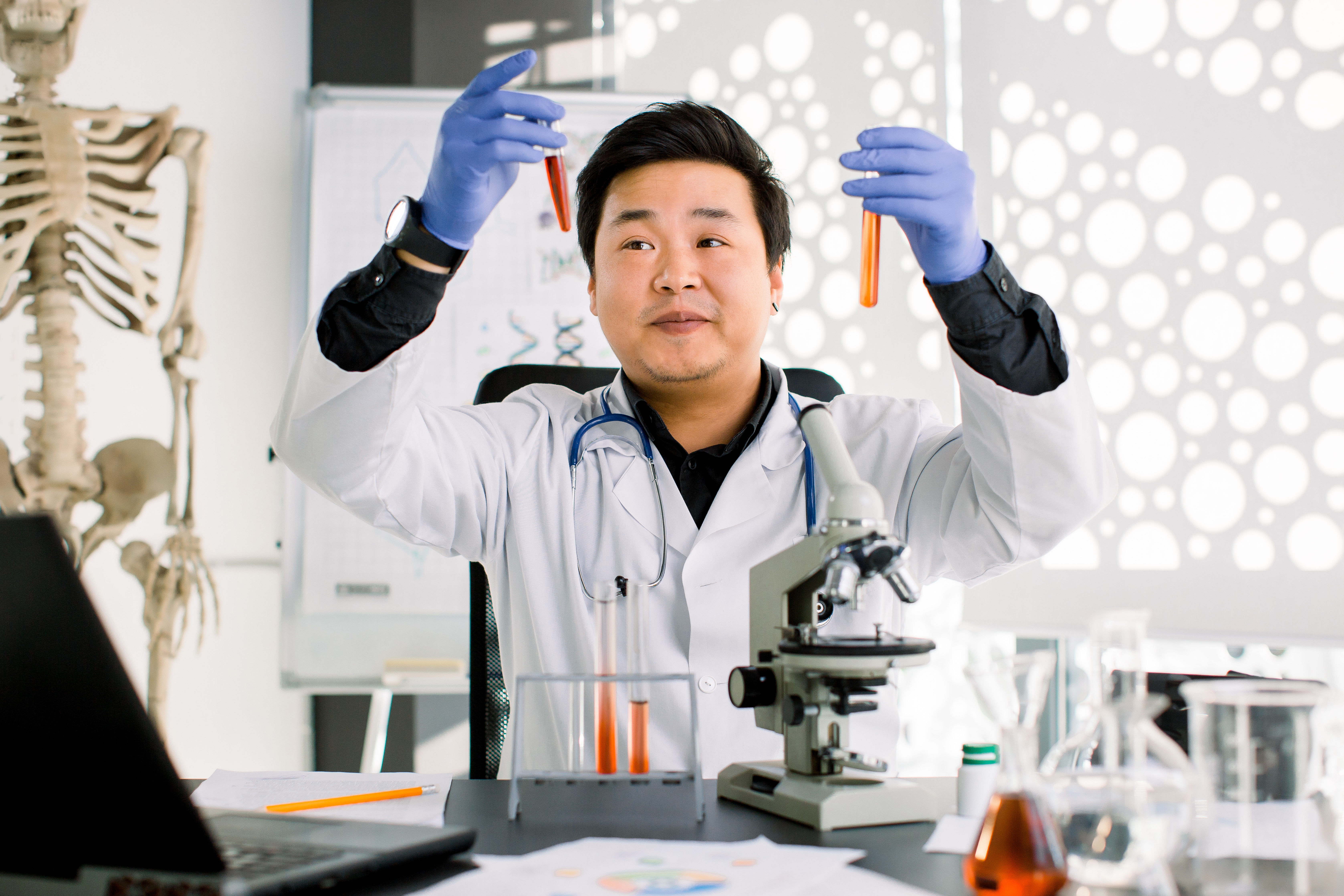What is Platelet Rich Plasma (PRP)?
Platelet Rich Plasma, or PRP, is a form of regenerative medicine that uses a patient’s own blood and enriches it with plasma before reintroducing it to the injured area for the patient. Platelets are important when there is an injury in the body. Platelets are essential to clotting and are rich in growth factors that promote healing. Improving the number of platelets in the blood near the site of a chronic injury is extremely helpful because injured areas usually have restricted blood, which leads to minimal platelet levels in that area. PRP is actually more effective at treating chronic conditions than the use of traditional corticosteroid injections
In order to appreciate platelet-rich plasma (PRP), a form of regenerative therapy, it helps to look back at the science that has given it credibility.
Doctors have been turning away from corticosteroid shots and toward regenerative therapy. According to Daniel J. DeNoon of WebMD, “They are great at relieving acute pain in the short term, but they don't promote healing and may lead to further tendon breakdown.”
Since the traditional treatment was falling out of favor in 2010, this new study – conducted by Dr. Taco Gosens in the Netherlands – came at just the right time.
40% Better Long-term Comfort
Gosens and his team took a pool of patients with chronic lateral epicondylitis – which is essentially chronic tennis elbow – and split it randomly into two groups, one that received PRP therapy and the other that received a corticosteroid injection.
Each type of injection was administered at the site of the greatest discomfort as well as the tendons, via a strategy called “peppering.”
The results of this study are particularly important to chronic pain relief. The group treated with corticosteroid reported that their pain initially subsided faster than it did for those with PRP. However, six months following the injection, the long-range effectiveness seemed to be squared centrally on PRP. “Patients in the PRP arm were much more likely to have less pain and more function than those who received the corticosteroid,” reports DeNoon.
By the 18-month mark, the disparity between the reported alleviation of pain and recovery of function was rather extreme:
- PRP group – 64% less pain, 84% less dysfunction
- Corticosteroid group – 24% less pain, 17% less dysfunction.
Experience matters
If you suffer from chronic joint pain, or you live an active lifestyle and want to prevent potential injury, regenerative therapy might be right for you. At Flexogenix®, we have helped over 40,000 patients avoid joint replacements and live a pain-free lifestyle. Contact us today to schedule your no-cost consultation and learn if our non-surgical solutions are a good fit for you.






